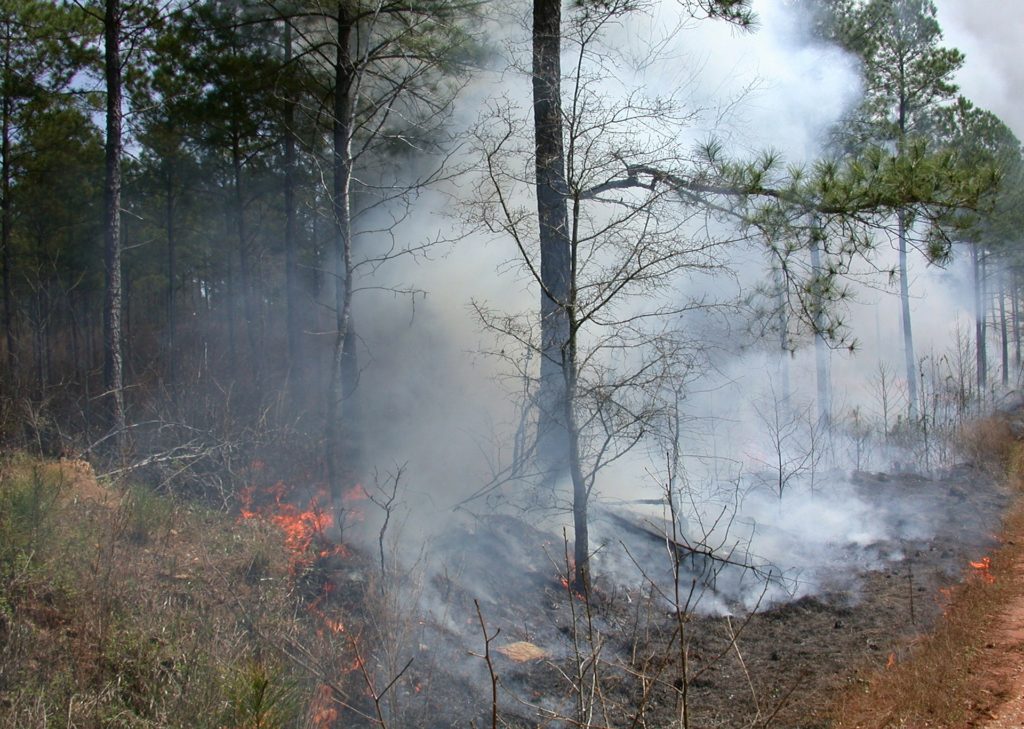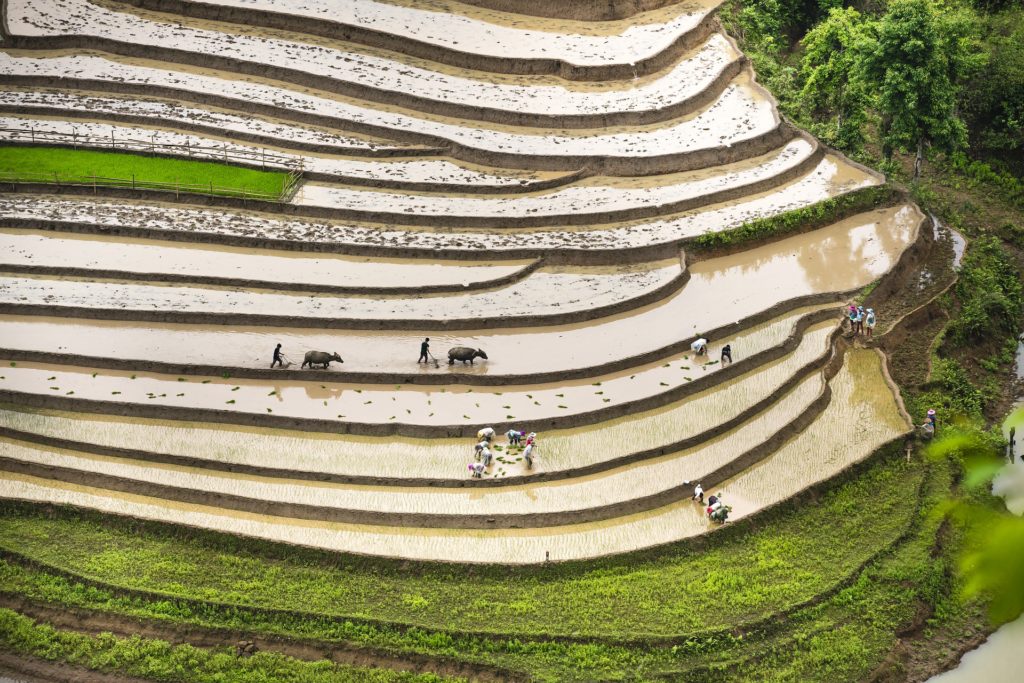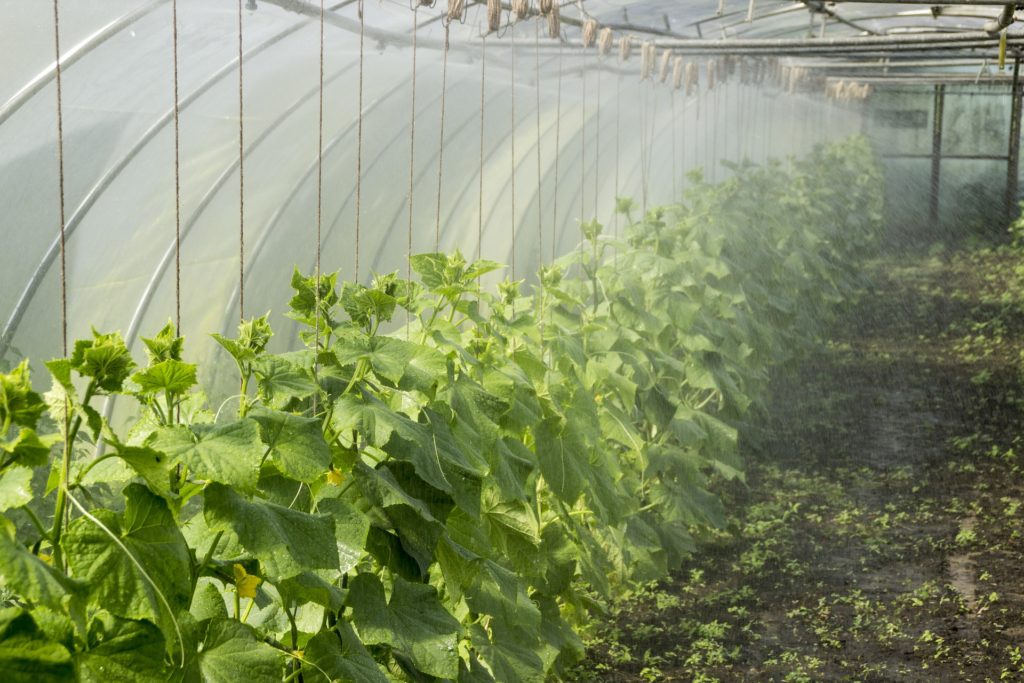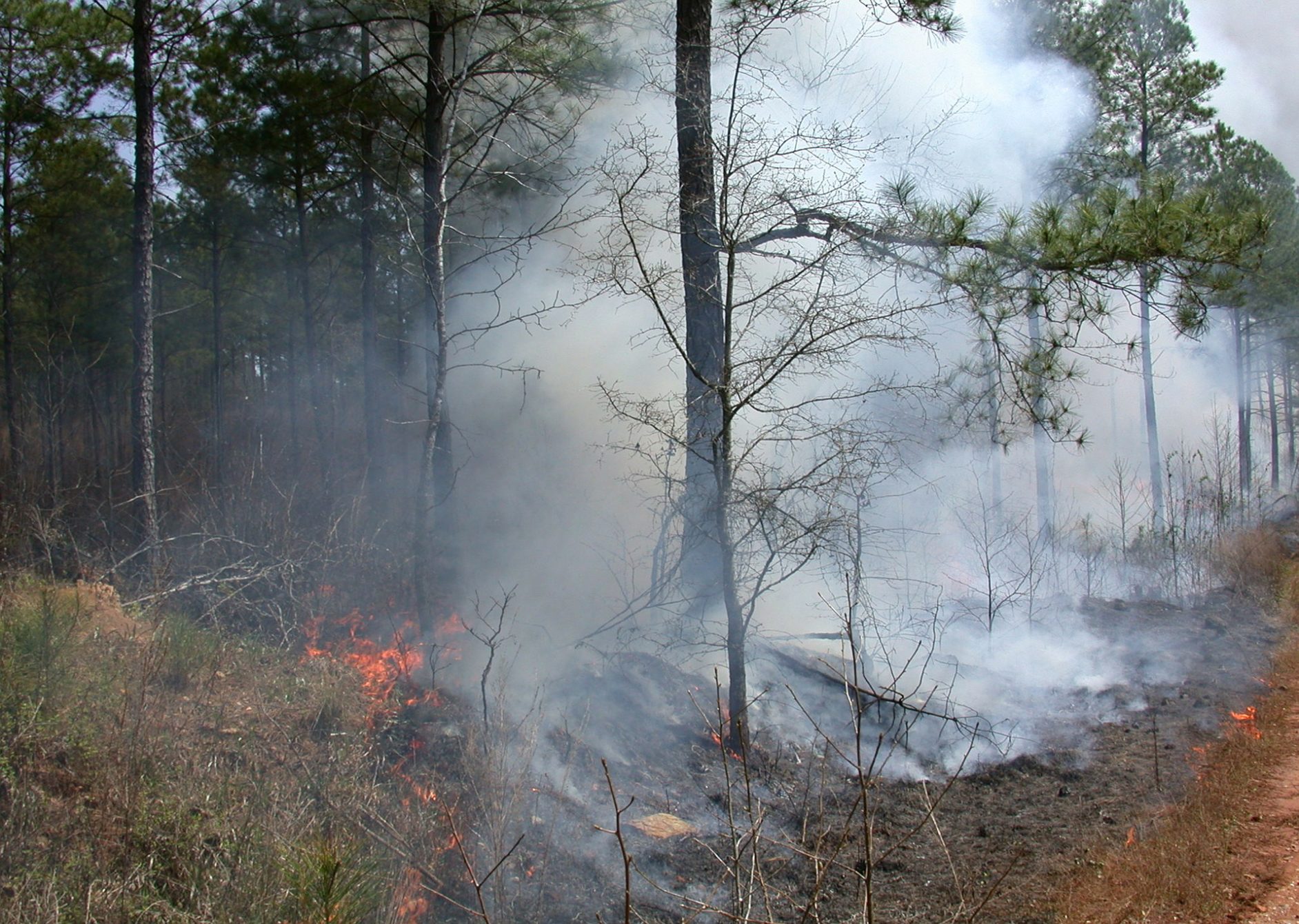
Many countries around the world have adhered to conventional farming methods for centuries. Farmers across Laos have been using the slash and burn method. It involves the clearing of forested land and then controlled burning of the remaining vegetation. This leaves the soil with a nutrient rich layer of soil that can be used for planting crops. It is a quick and easy way to prepare land for farming, which is why it has been used for so long.
However, this practice is not sustainable and has many negative effects on the environment. Farmers that live in the hills usually raise crops on patches of land until the soil’s fertility is depleted. This can happen in as quickly as 3 years. Once this happens, farmers then move on to another patch of land and repeat the process. It can take up to 6 years for that land to regain enough fertility to be used again.

The process of having to continually move to new land, combined with the time it takes for used land to regenerate, directly contributes heavily to deforestation. This causes a loss of biodiversity of plants and animals and contributes to soil erosion and water contamination. Along with the threat to the land, slashing and burning has drastic effects on people’s health.
During the dry season there are so many fires that weather satellites can easily observes the clouds of smoke produced by them. It’s no wonder why respiratory issues have occurred among people in many communities. With the high volume of burning during dry season, there is also an increased risk of fires getting out of control. If these dangers were not enough, consider the amount of carbon emissions resulting from burning and the effects it has on climate change.

It is crucial for us to break away from these ancient methods because we have seen the problems that are in front of us. In order to do so we need to establish loyalty to sustainable agriculture techniques, such as no-till farming and other permaculture principle, so we can create a safer and more environment-first approach as we farm for the future.
Visit www.pha-tad-ke.com to learn more about our programs and the work we are doing to advance development outcomes in Laos.



